Your cat’s kidneys play a central role in almost all of its bodily processes. They help to control blood pressure and regulate fluid levels in the bloodstream. The kidneys produce a variety of important hormones and enzymes, and they contribute to the production of red blood cells. They also remove metabolic waste, such as urea, mineral salts and poisonous substances, from the blood.
This is accomplished by hundreds of thousands of tiny filtration units called nephrons contained within the kidney. When waste-laden blood enters the kidneys through the renal artery, it moves through progressively smaller vessels until it reaches these nephrons, where it is filtered through microscopically minute structures called glomeruli. The cleansed blood—about 95 percent of the total fluid volume that originally entered the kidneys—then circulates back to the heart for yet another voyage through the body. Meanwhile, the remaining fluid, containing the waste products, is passed along as urine from the kidneys to the bladder and eventually excreted.
When the kidneys and their complex filtering system break down; toxic wastes can start to accumulate in the recirculating bloodstream. If a proper balance of waste, minerals and electrolytes (such as sodium and potassium) is not maintained, severe complications may affect other organs.
Unfortunately, feline kidneys are susceptible to a wide range of life-threatening disorders that can lead to renal dysfunction and death. Especially in cats that are seven years of age and older, kidney failure is one of the most frequently observed causes of severe illness.
As a leading cause of death in cats, kidney failure is one of the most dreaded diseases pet owners may face. While many cases are unpredictable and therefore difficult to prevent, knowing the risk factors and early signs are some of the best ways to catch kidney failure in its earliest stages.
Kidney disease in cats is most prevalent in senior felines, but can occur in cats of any age. Cats can be born with abnormal kidneys that never function properly. Additionally, outdoor cats run the risk of acute problems because they have more chance of exposure to toxins that can cause kidney failure, namely antifreeze. A high risk for kidney disease in cats may be inherited with long-haired breeds (Persians and Angoras) that are more genetically predisposed than short-haired breeds.[/vc_column_text][/vc_column][/vc_row][vc_row][vc_column width=”1/1″][vc_column_text]
Acute Kidney Failure
Kidney failure falls into two main categories: acute and chronic. Acute kidney failure is an abrupt onset of kidney damage, usually the result of toxins, infection or shock. Felines may present with a sudden onset of vomiting, weakness and dehydration. The cat may produce excessive urine or no urine at all, depending on how the kidney was damaged. Bloodwork often shows very elevated kidney enzymes and poorly concentrated urine. Acute renal failure is more common in younger cats.
Cats with kidney problems have a reduced ability to excrete waste products into their urine, leading to a potentially toxic build-up in the bloodstream.

If diagnosed at its earliest stage and treated immediately, kidney damage resulting from acute renal failure is potentially reversible. Timely veterinary assessment with ongoing supportive care and dietary management can allow some cats with kidney problems to maintain an adequate quality of life. When treatment is immediately administered, the prognosis for full recovery is excellent, and a cat often can go on to enjoy a normal life span.
Chronic Kidney Failure
The same cannot be said for chronic renal failure, which is an incurable condition that mainly afflicts middle-aged and older cats. Chronic kidney failure is the result of an accumulation of injuries to the nephrons, which are the functional units of the kidney. These injuries may be due to a history of acute kidney failure, obstructions, genetic disease, infections, dental disease, or the result of a long term, poorly understood inflammatory process.
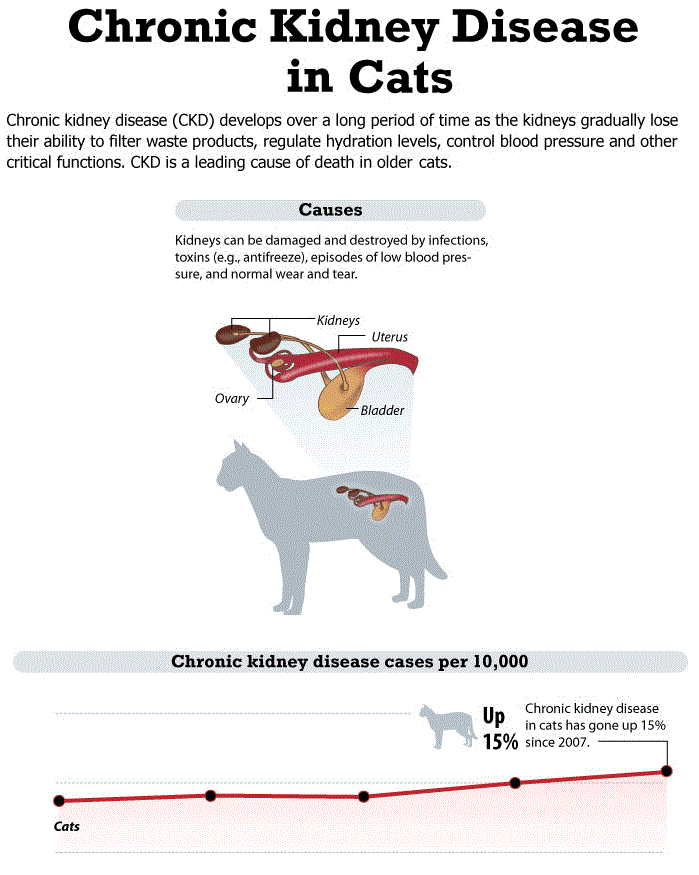
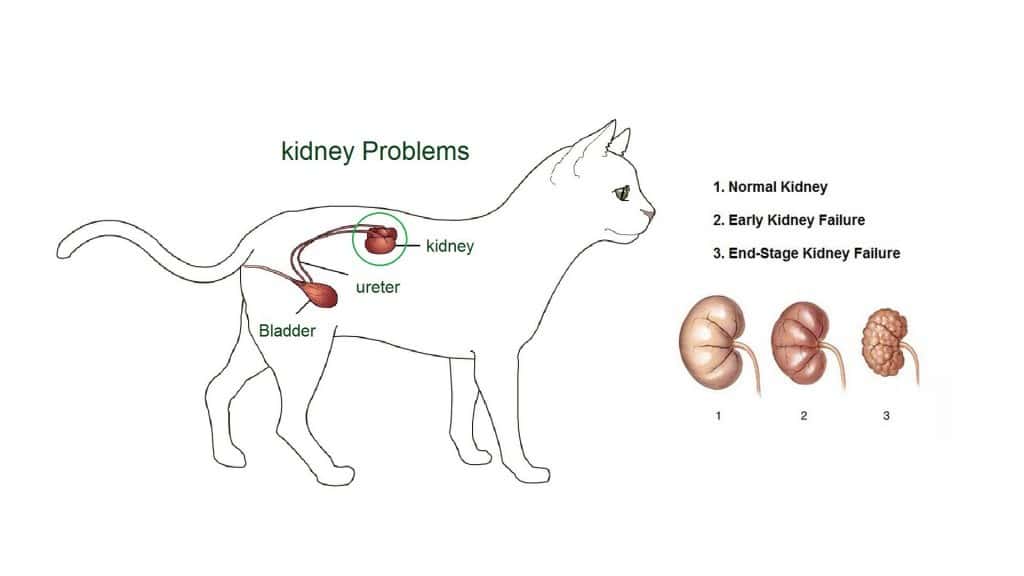
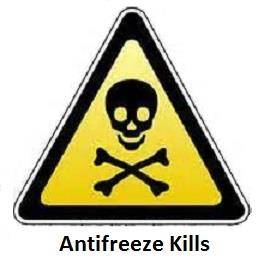
- High blood pressure
- Infections
- Immunological diseases
- Congenital or hereditary diseases
- Cancer
- Decreased blood flow to kidneys
- Kidney trauma
- Urinary obstructions such as kidney stones
- Exposure to toxins, especially antifreeze

The early indications of failing kidneys include a marked increase in water consumption (polydipsia) and in urination (polyuria); weight loss; apparent decline in appetite; and, in some cases, occasional vomiting.
If any of these signs are observed, the cat should receive veterinary attention at once.
- Loss of appetite
- Weight loss
- Vomiting or diarrhea
- Lethargy or depression
- Dehydration
- Hypertension (high blood pressure)
- Change in water consumption
- Pain in the kidney area
- Litter box aversion
- Mouth ulcers
- Bad breath
- Constipation
- Bloody or cloudy urine
- Urinating in abnormal places or pain when urinating
- Stumbling, acting drunk
Diagnosis
If kidney disease in your cat is suspected, a veterinarian will first perform a blood chemistry panel and a urinalysis. The panel will detect the blood levels of substances that would normally be shed in the urine—especially blood urea nitrogen and creatinine. Elevated levels indicate that the kidneys are not adequately filtering these metabolic wastes. The urinalysis will provide additional information on the extent of kidney damage and whether an infection might be responsible for the diminished kidney performance. Further tests including X-rays, ultrasound and even a kidney tissue biopsy may be required to confirm a tentative diagnosis of renal failure.
Treatment
Treatment for renal failure has traditionally been determined by the type of disorder causing the condition and the extent of kidney damage that has been sustained. Acute renal failure must be given emergency treatment. If caused by any type of urinary-tract blockage the obstruction must be removed immediately. The use of any suspect medications must be stopped and intravenous infusions must be administered without delay in order to correct fluid and electrolyte imbalances in the blood.
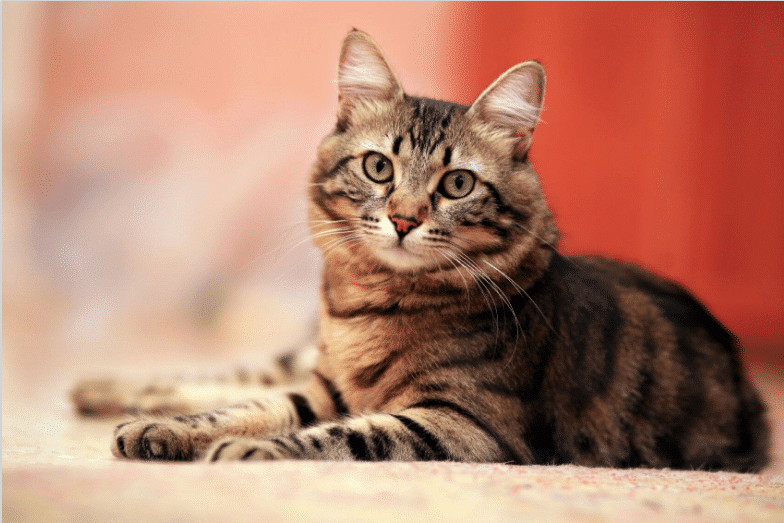
If acute kidney failure is not recognized and treated, cats can suffer varying degrees of permanent kidney damage and even death.
Chronic renal failure is an irreversible disease. Therefore, the vast majority of chronic renal failure cases will be addressed with conservative medical measures, the objective of which is to provide palliative treatment that will slow the progression of the disease. These measures can include intravenous fluid therapy and diet modification, which may slow, but not stop, the loss of kidney function. The diet usually recommended for kidney failure cats has reduced phosphorus levels.
Low protein diets have also been recommended in the past however, protein levels must remain high enough to nourish all cells of the body including the remaining functioning part of the diseased kidney. This can be best accomplished by reducing the amount of poor biological value protein found in most pet foods and replacing it with smaller amounts of very high biologically valued protein sources. Ten of the essential amino acids cannot be produced by the cat thus; they must get them from food or supplements on a daily basis. Sources of protein to consider are milk proteins such as casein, whey and lactalbumin, fresh meats, liver and eggs.
A diet enriched with sources of vitamin D and omega-3 fatty acids may also be recommended. In rare cases, surgical removal of a malfunctioning kidney may be required, but only if the remaining organ is strong enough to carry out the many kidney functions by itself.
Chronic kidney failure causes many secondary problems over time, including a decrease in calcium levels that can lead to bone demineralization. Anemia may also occur as the kidneys lose the ability to produce a hormone that stimulates red blood cell production. Ultimately, if left untreated, kidney failure is fatal.
Management of Kidney Disease in Cats
Whatever your veterinarian advises, you will need to be diligent about following. Frequent follow-up visits to monitor the progression of the disease are important as it may be necessary to change the treatment based on the progression of the disease.
Prevention of Kidney Disease in Cats
- Do not give your cat any medications unless prescribed by your veterinarian
- Provide fresh water at all times. Canned foods provide a good source of metabolic water for the cat and should be considered over feeding dry kibble.
- Ethylene glycol (antifreeze) should not be stored in or around the household
- Do not plant lilies around the house and eliminate them from any indoor flower arrangements.
- Indoors cats are usually much safer than their outdoor counterparts. Cats who are allowed to roam the neighborhood are exposed to all manner of environmental contaminants.
Visit this link for information on kidney diseases in dogs.
This material is provided for educational purposes only and is not intended to diagnose or treat any disease or condition. All specific treatment decisions must be made by you and your local, attending veterinarian.

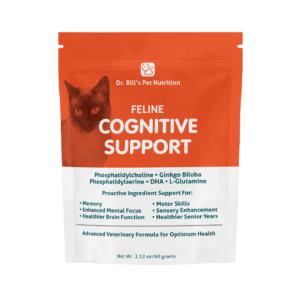
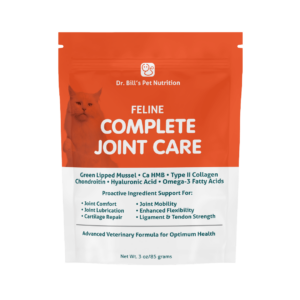


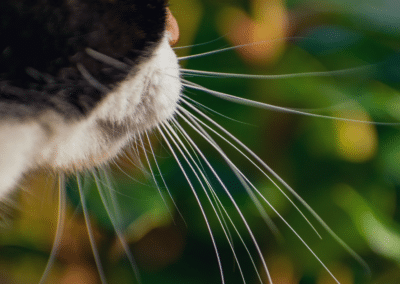
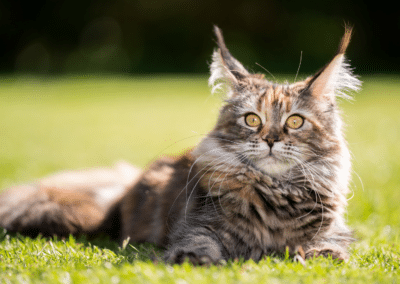
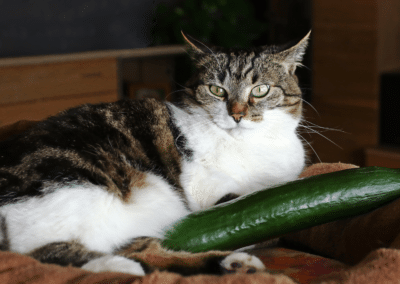

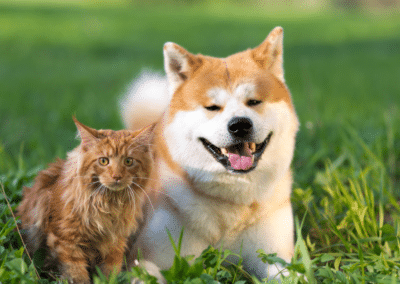



0 Comments